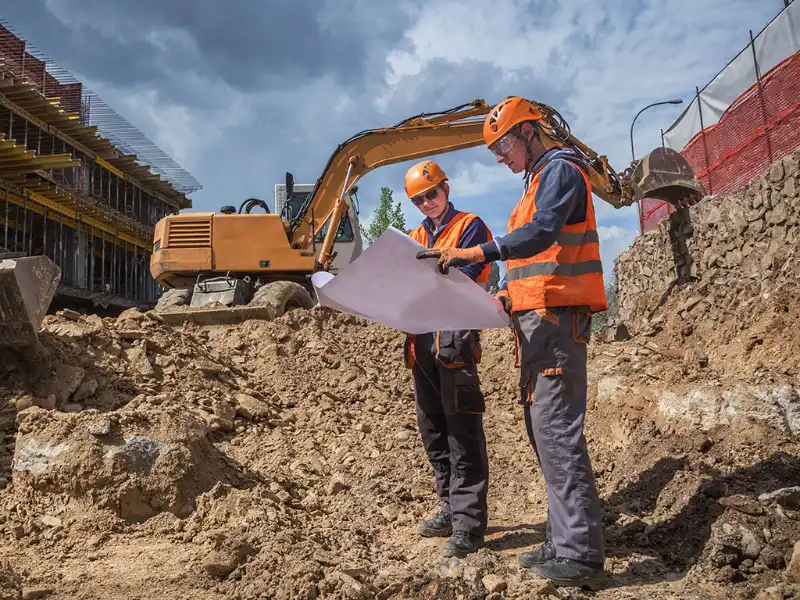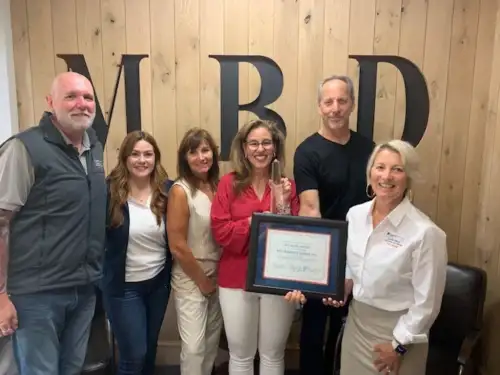Workplace Injury and Illness Statistics
In 2014, three million nonfatal workplace injuries and illnesses occurred in the private sector (95% injuries / 5% illnesses). In the same year, the public sector reported 722,300 injury and illness cases.
- 1.16 million of these illnesses and injuries were severe enough that the workers missed time from work to recover (“days-away-from-work” cases).
- The median “days away from work to recuperate” was 9 days in 2014 (one day more than reported in 2013).
- 4,679 workers were killed on the job in 2014 (this equates to more than 13 deaths every day).
The statistics are sobering, but the good news is your employees don’t have to be part of these statistics. With the proper use of personal protective equipment, workplace injuries and illnesses can be significantly reduced and often prevented, as illustrated by the following:
- According to the Bureau of Labor Statistics, nearly three out of five workers who experience eye injuries were not wearing eye protection or were wearing the wrong eye protection for the job when the accident occurred.
- When the right preventative measures are implemented, occupational noise-induced hearing loss is 100 percent preventable.
What is Personal Protective Equipment?
Personal protective equipment is commonly referred to as “PPE.” It is equipment that is designed to minimize exposure to serious injuries, illnesses, and other hazards in the workplace. When safety and health hazards cannot be removed or engineered out of the work environment, PPE should be worn.
OSHA Policy Regarding PPE
Under the requirements of OSHA Policy 29 CFR 1910.132:
- Engineering controls shall be put into place as the primary method used to eliminate hazardous exposures in the workplace.
- PPE shall be provided, used, and maintained in sanitary condition.
- Each affected employee should wear the necessary PPE at all times after the employer conducts an analysis of the job-site and instructs employees what to wear.
Examples of PPE
Personal protective equipment varies depending on the hazard. Some examples of different types of equipment include the following:
- Eye protection: safety glasses, goggles, face shields, welding helmets, full hoods
- Ear protection: ear plugs, ear muffs
- Respiratory protection: respirators, breathing apparatuses
- Head protection: helmets, hard hats, protection shells
- Foot protection: steel-toed, metal-free, non-conductive, conductive, rubber, or synthetic boots and shoes; foot guards; heel and ankle shields
- Hand protection: vinyl, neoprene, leather, or cotton-knitted gloves
- Body protection: vests, coveralls, full body suits
Proper Care and Use of Personal Protective Equipment
In order to protect against hazards, PPE must fit properly. For example, because eye size, bridge size, and temple length all vary, safety glasses should be assigned and fitted to each individual employee. PPE must also be used for the hazard for which it was designed. For example, when working with electrical wires, safety boots and shoes should be metal-free and non-conductive, but in static-free environments shoes should be conductive. Equipment should also be sanitized and cleaned daily to keep in good condition. If the equipment is damaged, it should be repaired or replaced immediately. While in some cases PPE may seem awkward or unnecessary, it is still imperative that employees use it – PPE protects workers from injury but it won’t work if they fail to use it properly.


Ensuring Proper Use of Personal Protective Equipment
A survey of safety professionals found that “workers in their organizations had at some point failed to wear the necessary safety equipment on the job.” Of those who responded to the survey, 98% indicated they had observed workers not wearing safety equipment when they should have been. Even worse, 30% indicated this had occurred on numerous occasions. If these statistics are reflective of the use of PPE in your own workplace, it is time to turn around your safety culture. Here are some ideas you can implement to help ensure your employees are wearing the right PPE.
Provide the right PPE for the job.
One of the biggest complaints about PPE is that it is uncomfortable, followed by “it is too hot,” “not available near the work task,” “poorly fitting,” or “unattractive.” These are issues that can be remedied to some degree. Make sure you are providing employees with the right PPE for the job. Ask employees for their input on comfort, style, and fit. Let them know their opinion matters and give them a few options to choose from. Make sure PPE is kept in the work area where it is needed so it is easily accessible.
Make it a requirement and follow through.
Make sure employees know PPE is a requirement, not an option. If employees fail to wear the right PPE, don’t turn a blind eye to the situation. A simple reminder may be all that it takes in some cases, while in other cases you may need to give them a written warning or even send the employee home without pay. Have a set procedure in place and be consistent in following through for noncompliance. Being strict may be difficult, but it is a lot easier than losing an employee due to an injury that could have been prevented.
Show by example.
If your employees are working in an environment that requires the use of PPE, make sure you are wearing the right protective equipment when you enter that area. When your employees see you wearing the same gear you are requiring them to use, they will be more apt to follow suit. Setting the right example is a big step in building a solid safety culture.
Yes, accidents can happen. But they shouldn’t be the result of a worker not wearing the right protective equipment. Greater compliance will result in fewer injuries. Contact your Leavitt Group insurance advisor for support in improving the safety culture and the use of PPE in your workplace.
References:




